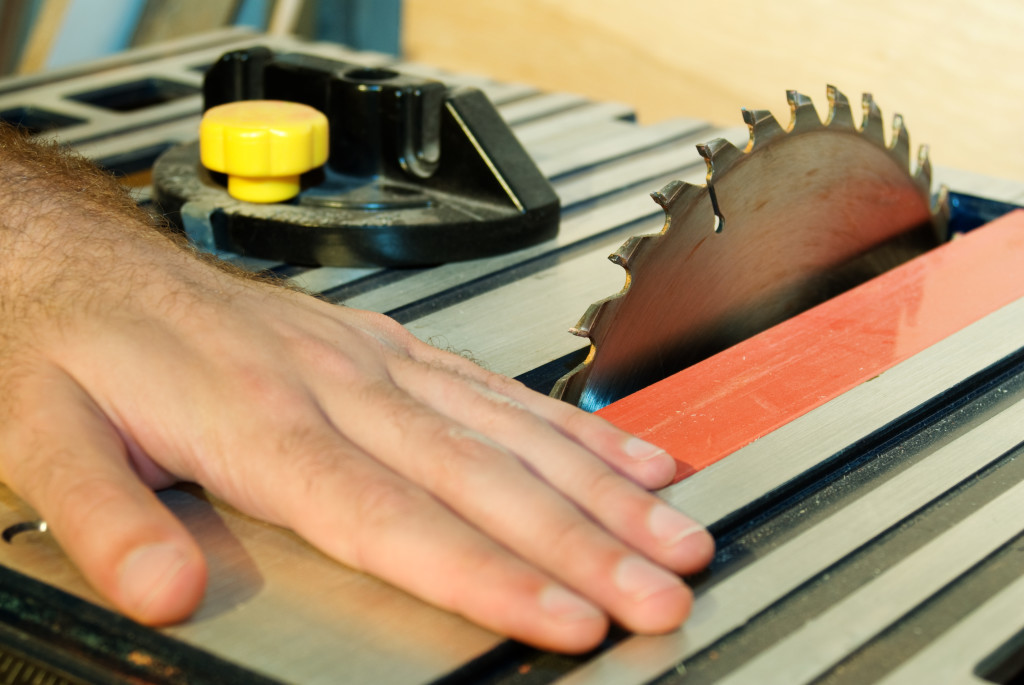If you or a loved one has been injured by a dangerous product, that area of law is called products liability. They are complicated, and you probably should speak with a products liability lawyer.
Product liability cases can involve unsafe medicine, unsafe medical devices, unsafe machinery, malfunctioning seat belts or air bags, or any industrial or commercial product with an unsafe design or which does not operate as it should.
What Must You Prove in a Products Liability Case?
What you have to prove in a products liability case depends on several factors.
The first and most important is whether you are proceeding on a strict liability products liability case or whether you must prove negligence.
Strict liability cases are much easier to prove than negligence cases. In a strict liability case, the plaintiff must prove that:
- A product was sold in an unreasonably dangerous condition
- The seller expected and intended that the product would reach the consumer without changes to the product
- The plaintiff or the plaintiff’s property was injured by the defective product.
The defenses to strict product liability are:
- That the plaintiff used the product in a way that he or she knew could lead to injury, or otherwise assumed the risk of using the product
- The plaintiff’s own careless actions caused his or her injuries by using the product in a way it was not intended to be used
- Some other person or event was the real cause of the injury, not the manufacturer or design of the product.
Smart lawyers always proceed under a strict liability theory when they are able to.
Only when you cannot proceed under strict liability should you proceed in a products liability case under negligence.
The elements of a negligence case are:
- That the owner, manufacturer, or distributor has a duty to the plaintiff
- That duty was breached
- The breach of the duty was the cause of the harm or injury
- That the injured person suffered.
Obviously, it is much easier to prove a strict liability products liability case.
Who Can Be Sued in Products Liability?
The owner, distributor, and or manufacturer can be sued under product liability. Obviously, the duties and responsibilities of these different entities vary. So we have to know who was negligent or legally responsible and why.
Making sure that we identify everyone who may share responsibility and also fully investigate what they did wrong is a time-consuming and elaborate process.
Product liability cases require a liability expert in virtually every case. That means that if we are claiming a medication or a product had an unsafe design or was manufactured in an unsafe way, we have to have a designer or manufacturer with experience in the field to review the facts and be able to say what was done wrong. These sorts of experts are exceptionally expensive, and they can only give us an opinion if we have assembled enough facts and identified the correct defendants.
Manufacturers and distributors of expensive equipment or pharmaceuticals have insurance, and they also have money to spend. They hire some of the smartest lawyers out there to defend them, and these lawyers specialize in product liability.
These are also very legally complicated cases. This is not the kind of case you want to go it alone.
Consider a Free Consultation
If you believe you have been injured due to a defective design, manufacturer, or modification of a product, you may have a products liability case. My best advice for you is to speak with a lawyer who will spend time with you together, review all of the details of what happened to you, and then we’ll investigate whether there is a viable products liability case.
Similar to medical malpractice cases, because the investigation must be so thorough and it involves a liability expert early on, product liability cases are very, very expensive to handle.
Time Consuming and Expensive
The unfortunate truth is that unless you have truly sustained a very bad injury which is also permanent or a loved one has passed away as a result of the dangerous product, damages awarded by a jury in a court of law may not be large enough to justify the time and case costs a lawyer would have to put in to a case.
In other words, if a lawyer has to invest $50,000 or $100,000 to take your case to trial, the injuries and harms must be large enough to justify taking that risk. The potential or likely verdict by a jury must be big enough to pay the lawyer back his or her case costs as well as pay him or her a fee for the hundreds of hours he or she will have to invest in the case.
Protect Your Rights With Help From The Law Office of Scott D. DeSalvo
Unsafe product injury cases can be complicated, expensive, and tough to navigate without the right legal guidance. At The Law Office of Scott D. DeSalvo, we have the experience, resources, and commitment needed to hold manufacturers and distributors accountable for dangerous products. We also represent clients in nursing home injury, personal injury, and wrongful death cases with proven results.
If you or a loved one has been injured by an unsafe product, contact us today to get trusted legal support and a free, no-obligation consultation.




